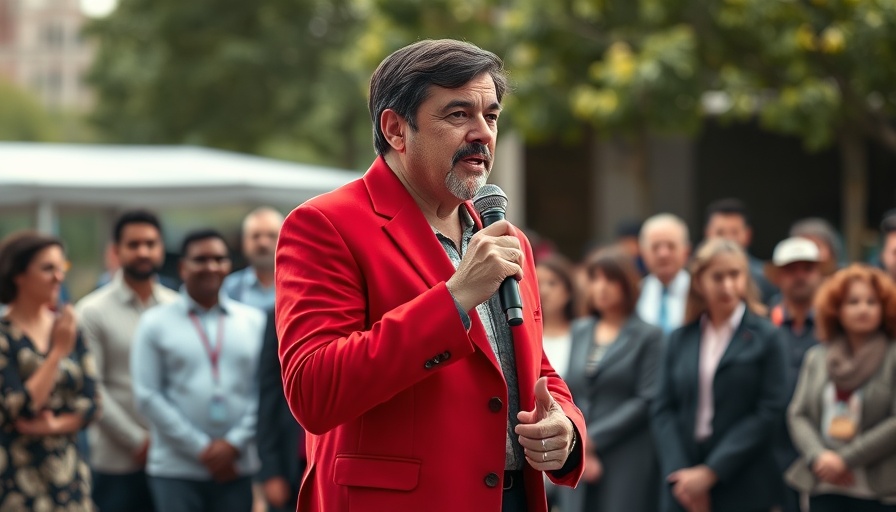
The Future of School Transportation in San Diego
In a significant move towards sustainable transportation, California has allocated $500 million to help school districts transition to zero-emission school buses. Within this funding initiative, twelve districts in San Diego County are slated to benefit, enabling a substantial reduction in harmful emissions from school transportation.
Building a Cleaner Future with Zero-Emission Buses
The largest share of these funds will go to the San Diego Unified School District, which will receive funding for 50 new electric buses alongside the necessary charging infrastructure. "We’re very pleased," stated Gene Robinson, the Director of Transportation Services at San Diego Unified. This investment comes after more than a decade of deferring new procurements due to budget constraints, with some current buses dating back to 1996. The financial support marks an exciting turning point for the district, as it aims to replace its aging fleet with eco-friendly alternatives.
A Chance for Environmental Improvement
This initiative is part of California's broader strategy under the Zero-Emissions School Bus and Infrastructure project (ZESBI), aimed at placing 1,000 zero-emission buses on the road statewide. To qualify, districts must replace one conventional bus for every new zero-emission addition, which promotes the complete phase-out of combustion engine buses by 2035.
Community and Environmental Impact
Governor Gavin Newsom emphasized California's commitment to a cleaner future by investing in zero-emission vehicles. The impact of this initiative extends beyond mere transportation; it illustrates a growing recognition of the need for clean air in our communities. Implementing electric buses within school districts demonstrates a proactive approach to reducing pollution and safeguarding the health of students and communities.
Looking Ahead: The Road Towards Sustainable Transportation
The San Diego Unified School District currently operates 13 electric buses and has been proactive in acquiring additional funds. Recently, it secured another grant from the U.S. Environmental Protection Agency for 30 more electric buses, meaning in just a few years, the district may have nearly 100 electric buses in its fleet. These efforts will dramatically cut down greenhouse gas emissions, leading to healthier school environments.
The Power of Legislation in Enabling Change
The affirmation of Senate Bill 114 also highlights the power of legislative actions in enhancing public transportation initiatives and promoting environmental sustainability. As school districts receive these crucial funds, they demonstrate how effective policymaking can lead to practical solutions for climate issues at the local level.
Why This Matters to Everyone
The transition to zero-emission buses is more than just a local issue; it represents a shift towards an environmentally responsible mindset across California. Communities benefit from reduced air pollution and an improved quality of life. Understanding this initiative provides insight into how our state is navigating and mitigating the effects of climate change through local actions.
As California moves toward its ambitious goals for 2035, it invites residents and stakeholders alike to reflect on their role in supporting similar initiatives within their communities. Together, we can contribute to cleaner air and a sustainable future for generations to come.
 Add Row
Add Row  Add
Add 




Write A Comment